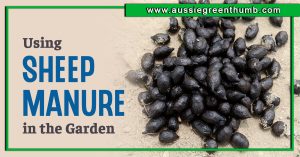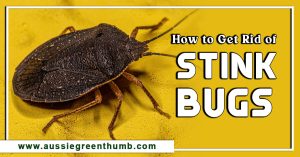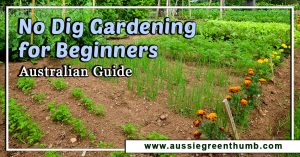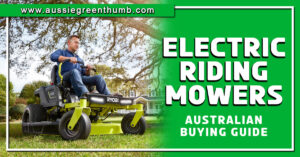Every gardener has experienced this at some stage in their gardening journey. You buy a plant from your local nursery, big box or weekend market, get it home, put it straight into the ground and a week later it’s dead – or at the very least needs some high-powered defibrillators to shock some life back into it.
You’re left scratching your head as to where you went wrong. Was it the plant? Too much TLC? Not enough of something else? The possible causes seem endless and you feel out of your depth as much as when you tried diagnosing a child’s sniffle.
Never fear, here is a list of 10 reasons why new plants die and how to avoid making the same mistakes again;
More...
10 Reasons Why New Plants Die

1. Incorrect Planting
This would have to be the number one cause for most plant failures. Burying the root-ball too high or too low, not giving the plant’s tender roots enough room to grow out and driving stakes through the tap-root are all common plant murder methods.
Here’s our article on how to plant trees and shrubs that should give you some of the basics.
2. Too Much or Too Little Water
Obviously the next culprit is the amount of water you gave your plant. I tend to soak the root-ball, while it is still in its pot, in a bucket of water before transplanting until all the air-bubbles have dissipated.
I follow this up with watering them in so that no air-bubbles exist between the roots and soil after planting. Then it's good watering every day for the first week and then I start to back it off to the plants needs. More than this and you will drown your plant and less will obviously starve it.
3. Soil is Wrong for Your Plant
This can be compensated for with most plants. The best way to do it is to increase the width of the hole that you are going to plant into and then backfill the roots with the preferred soil type – ie, sand, clay, or loam soil.
This helps the plant get started and in most cases will be enough to acclimatise the plant to your natural soil conditions for the rest of its life.
4. Wrong Climate for the New Plant
While you may be able to fool a plant with the soil conditions it’s very hard to deceive it with the climate – unless you have a greenhouse. Assuming you don’t, or that you want your plants to grow in the ground year-round, it pays to buy plants that are suited for your climate – tulips won’t work in the tropics and most palms won’t grow in cold climates. Face it…and move on.
5. Over-fertilising
Most plants don’t appreciate fertiliser around their roots, especially fast acting fertilisers such as blood ‘n bone (bone meal). You will do much better by providing the plant with an organic slow release fertiliser around its drip-line and a foliar spray to get it going. Anything more than that and you will injure your plant.

6. Wrong Season to Plant
Buying plants and trying to put them in the ground in the wrong season is just daft but the problem is knowing which season is appropriate. This will obviously depend on your climate and how mild/harsh each season is.
As a safety tip you’re most likely to successfully transplant at the end of winter/early spring and then again in late summer/early autumn. Definitely don’t plant at the extreme pinnacles of summer and winter – it can only end in tears.
7. Lack of Protection from Harsh Winds
This is another common cause for plants dying. Harsh winds are the main problem when trying to successfully transplant and unless you protect your plant by providing some type of barrier they will struggle against this element.
8. New Plants Die Because of Pests
Annuals always struggle in my garden if I plant them as seedlings. The following morning they are riddled with slaters devouring everything but the stem. Snails are just as vigorous and unless you provide a barrier against these creatures you will lose your plants.
9. Plants Already Sick When You Bought Them
Sometimes it’s not your fault at all and the plant may have already been sick, diseased or failing before you even bought it. Root bound plants are common and need some extra TLC if they are going to successfully grow in your garden.
However, those with diseases are usually best avoided rather than try and remedy once they come into your yard.
10. Transplant Shock
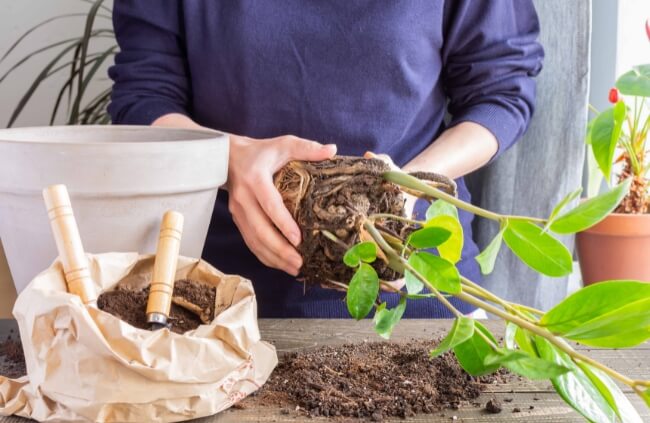
The last of our 10 reasons is the age-old transplant shock where a plant goes into shutdown mode because it’s detected that its environment has changed significantly from the comfortable pot it once lived in.
A foliar fertiliser of fish or seaweed emulsion or even some liquid worm castings will help it overcome this problem but it’s best to apply it when you first plant rather than when your plant is struggling.
Even if you follow or avoid all these remedies and mistakes your plant still may die, and that’s just life. Hopefully you will be able to treat most of the problems and as your experience grows your success at transplanting will increase allowing you to enjoy a wonderful garden.
Published on June 5, 2023 by AGT
Last Updated on November 20, 2023

